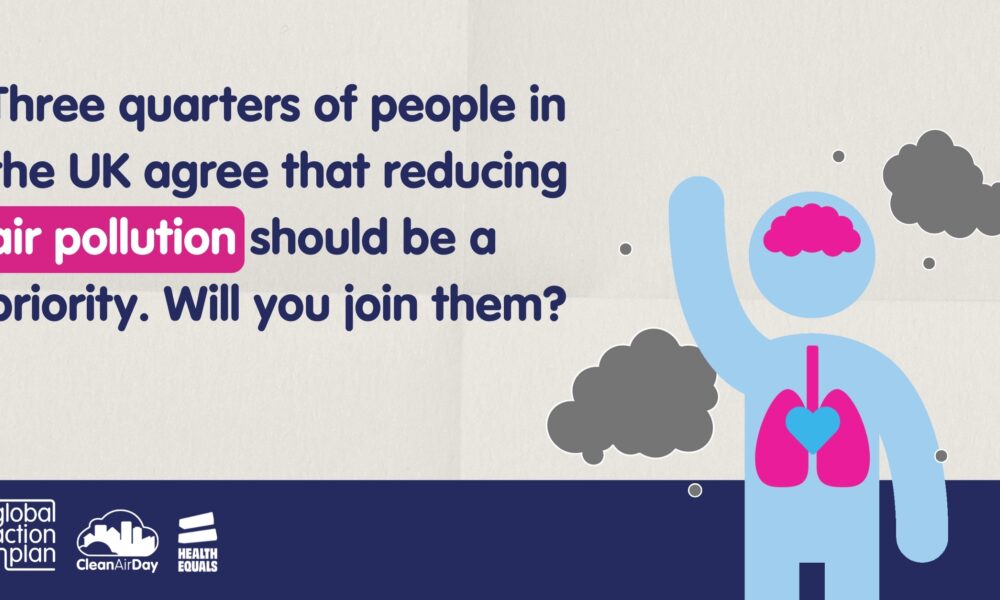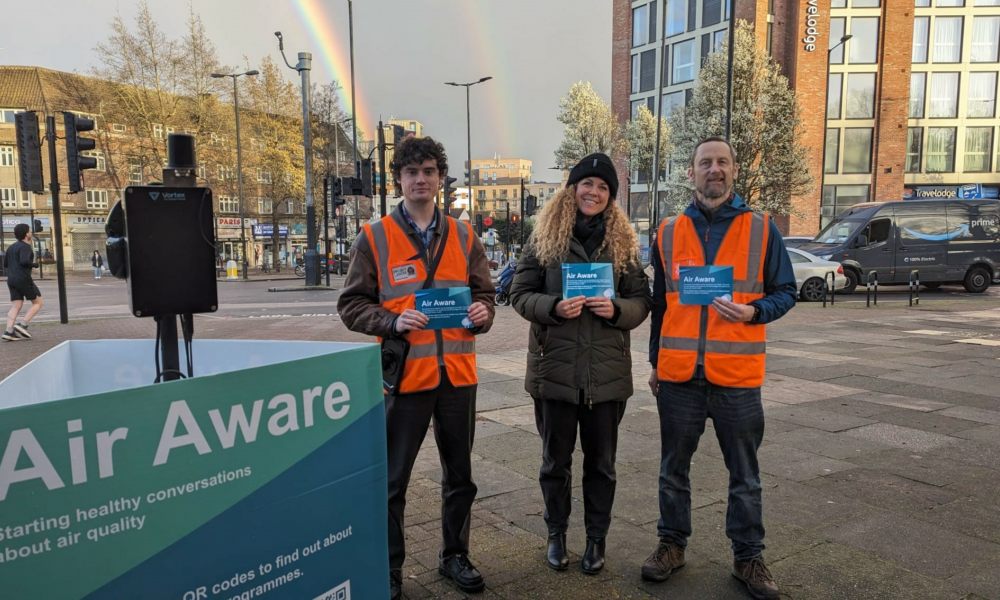Air quality and climate change: What is the connection?
Exploring the connection between air quality and climate change, their impacts on health, the environment and the economy and how these challenges can be addressed.
Scot Sutton - 20 July 2023

The connection between air quality and climate change
Air quality refers to the composition of gases and particles in the air we breathe, while climate change relates to long-term shifts in global temperature patterns. Despite their differences, air quality and climate change are closely intertwined. Common pollutants, such as carbon dioxide (CO2), methane (CH4) and nitrogen oxides (NOx), contribute to both air pollution and climate change. Fossil fuel combustion, industrial processes and deforestation are major sources of greenhouse gases and air pollutants, resulting in shared environmental and health impacts.
Impacts on health, the environment and the economy
Health: Poor air quality and climate change have severe implications for human health. Air pollution contributes to respiratory and cardiovascular diseases, allergies and premature deaths. Climate change exacerbates these health risks by intensifying heatwaves, increasing the prevalence of vector-borne diseases and causing extreme weather events, such as hurricanes and wildfires. Climate change is estimated to cause an additional 250,000 deaths annually from 2030 - 2050. High temperatures raise ozone levels and other pollutants, leading to 1.2 million deaths due to cardiovascular and respiratory disease annually.
Environment: Both air pollution and climate change have adverse effects on the environment. Air pollution harms ecosystems, reducing crop yields, damaging forests and contaminating water bodies. Climate change leads to habitat loss, species extinction and disruptions in ecological systems, impacting biodiversity and ecosystem services.
Economy: The economic impacts of air quality and climate change are significant. Poor air quality leads to increased healthcare costs, decreased labour productivity and damage to infrastructure. The World Bank estimates that air pollution costs the global economy around $225 billion (£171 billion) in welfare losses annually. Similarly, climate change causes economic losses due to extreme weather events, reduced agricultural productivity and damage to coastal regions, imposing financial burdens on governments, businesses and individuals.

Addressing the challenges: air quality monitoring and technology
Air quality monitoring plays a crucial role in understanding the extent of air pollution and its relationship with climate change. Accurate and real-time data collection enables policymakers, scientists and communities to develop effective strategies for mitigation and adaptation. Technology has a vital role to play in this process. Here are some ways in which technology, specifically air quality monitoring, can help address the challenges of air quality and climate change:
1. Measurement and analysis
Advanced sensors and monitoring systems precisely measure air pollutants, greenhouse gases and meteorological parameters. This data allows local authorities and businesses operating in harsh environments to assess the impact of air pollution on climate change and vice versa. It helps identify emission sources, evaluate mitigation strategies and determine the effectiveness of policies.
2. Pollution warning systems
Real-time air quality monitoring enables the development of early warning systems to alert individuals and communities about poor air quality episodes. This empowers individuals to take necessary precautions and make informed decisions regarding their health and outdoor activities. According to the European Environmental Agency (EEA), the zero pollution plan set by the Environment European Union aims to reduce the number of premature deaths due to exposure to fine particulate matter by 55% by 2030, compared to 2005.
3. Policymaking
Air quality monitoring data helps policymakers formulate evidence-based policies to reduce air pollution and mitigate climate change. It enables the identification of key sources of emissions and the evaluation of policy interventions. This data-driven approach can guide the implementation of sustainable practices and regulations.
4. Public awareness and engagement
Air quality monitoring technologies facilitate public access to information about local air quality conditions. This raises awareness among individuals, empowering them to make environmentally conscious choices. Engaging citizens in monitoring initiatives and citizen science programmes foster a sense of responsibility and collective action to tackle the problem and achieve cleaner air whilst mitigating climate change issues such as reduction in fossil fuel burning.
Conclusion
Air quality and climate change are interconnected, and the relationship between the two is complex, with common drivers and shared impacts. Addressing these challenges requires a multi-faceted approach, and technology, particularly air quality monitoring, plays a crucial role. By accurately measuring air pollutants and greenhouse gases, technology helps us understand the issues at hand, develop effective strategies and create awareness among individuals and communities. With comprehensive monitoring and adopting sustainable practices, we can strive towards improving air quality, mitigating climate change, and creating a healthier and more sustainable future for future generations.
More blogs

Should clean air be a national priority?
Millions across the UK are still exposed to harmful levels of air pollution every day. As we mark Clean Air Day, it’s time to ask: if clean air impacts our health, our…

Engaging communities for cleaner air
As we mark Clean Air Day, we proudly highlight the significance of engagement and behaviour change to make a tangible difference in the fight against air pollution.